
Manufacturing
We regularly visit and inspect our factories, including via independent third parties. Each step of the textile production process, from weaving to sewing, is based on thorough expertise and experience. We are inspired by the passion and driving force in the textile industry and develop new ideas and creative solutions through close collaboration with producers.
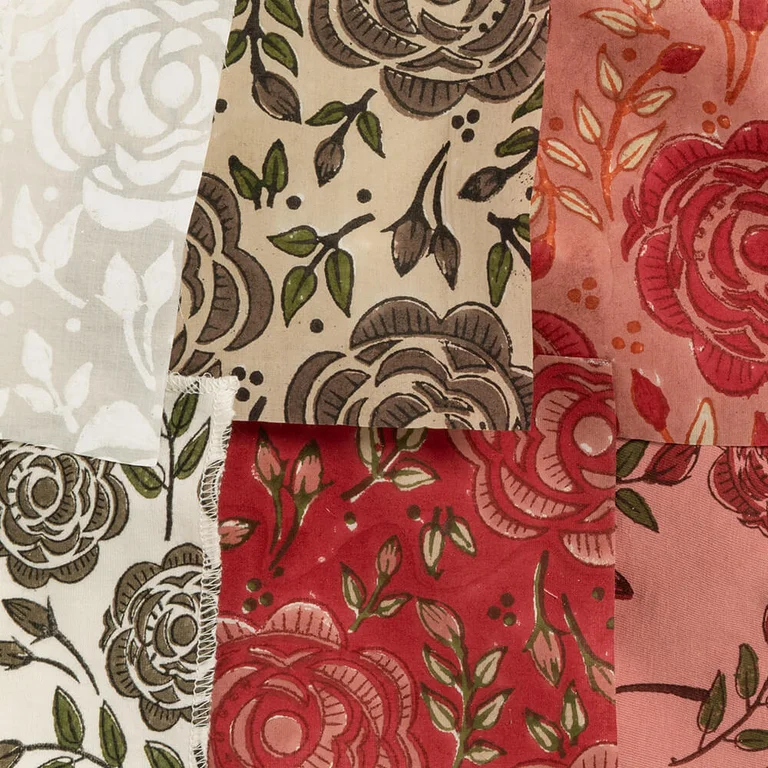
Printing techniques
Prints of every kind have become our hallmark. Patterns are transformed from beautiful watercolors into data files that are printed using various techniques: digital printing, rotary printing and mechanical screen printing.
We also use printing techniques carried out by hand, such as block printing or screen printing.
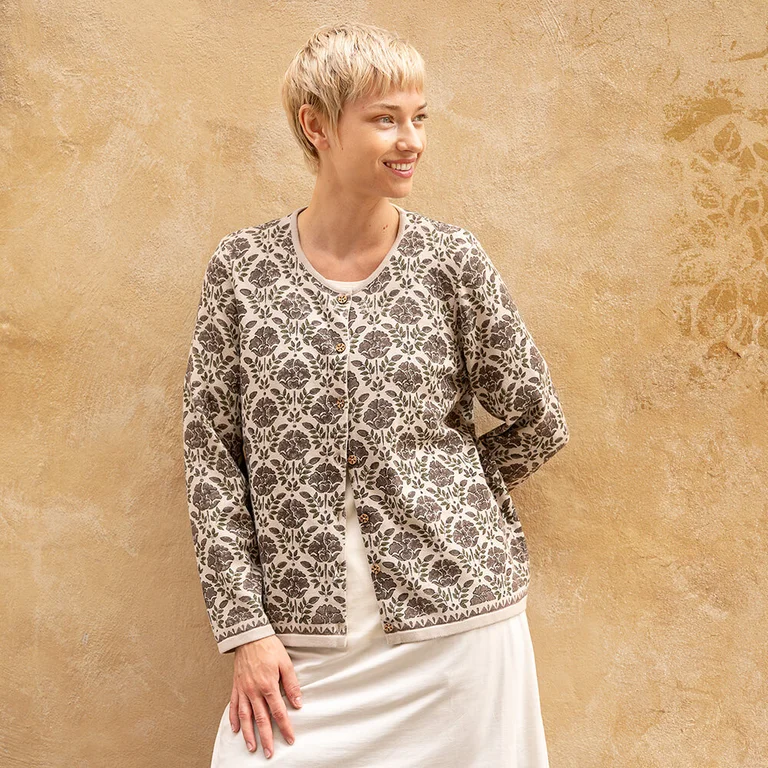
Block printing
Block printing is a thousand-year-old technique used to create patterns on textiles and paper.
Already in the 8th century, religious texts were printed in Japan and Korea, and in Europe it was the first printing method for paper. Johannes Gutenberg developed the technique further in the 1440s, when he created the printing press.
At Gudrun Sjödén, we have worked with block-printed patterns since the 1990s to celebrate this traditional handicraft. The technique involves skilled craftspeople carving patterns into blocks made of durable wood, such as Indian rosewood. Each color requires its own block, which is dipped in dye paste and then used to hand-print the pattern with great precision, yard after yard. This transforms the fabric into a palette of patterns, outlines and colors.
Many of our products are printed in Jaipur, India, where block printing is a deeply rooted form of craftsmanship. It takes great expertise and experience to position the block correctly on the fabric, and naturally, production takes much longer than machine printing. Each product is made with care and has a unique result – far from mass production.
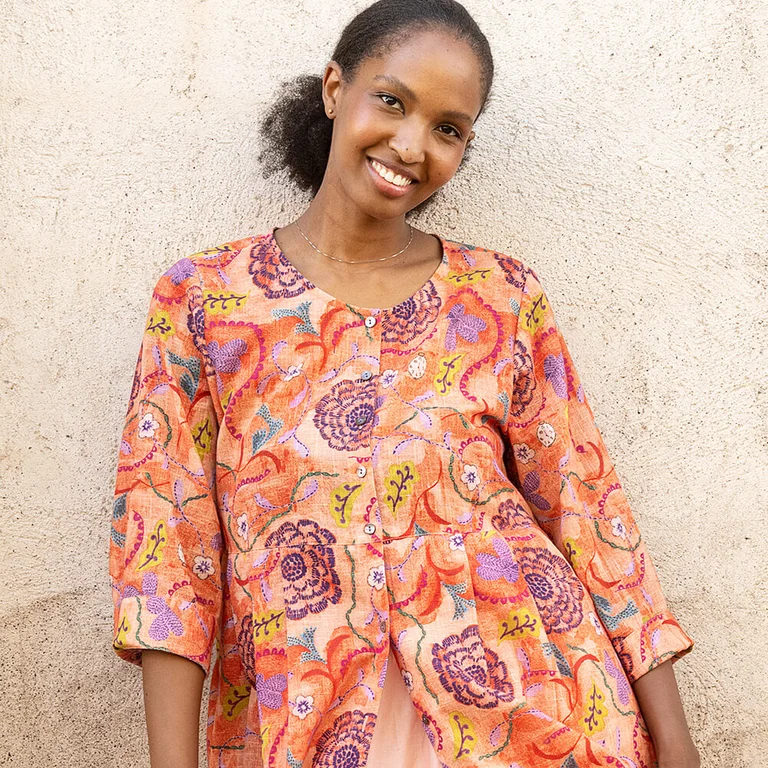
Digital printing
Digital printing is an innovative method that unites technology and creativity to create detailed, colorful patterns on textiles.
Unlike traditional techniques, digital printing requires neither blocks nor stencils, which makes the process flexible and smooth.
The pattern is transferred directly from a digital file to the fabric, resulting in high precision and making it possible to adapt the design to specific needs. This technique facilitates an abundance of creative possibilities, where intricate details and a broad palette of colors can come to life in a way that used to be difficult to achieve.
Digital printing is also efficient, using only the precise quantity of dye needed, and minimal water consumption. By reducing excess dye and resource use, the technique optimizes both the production process and design quality.
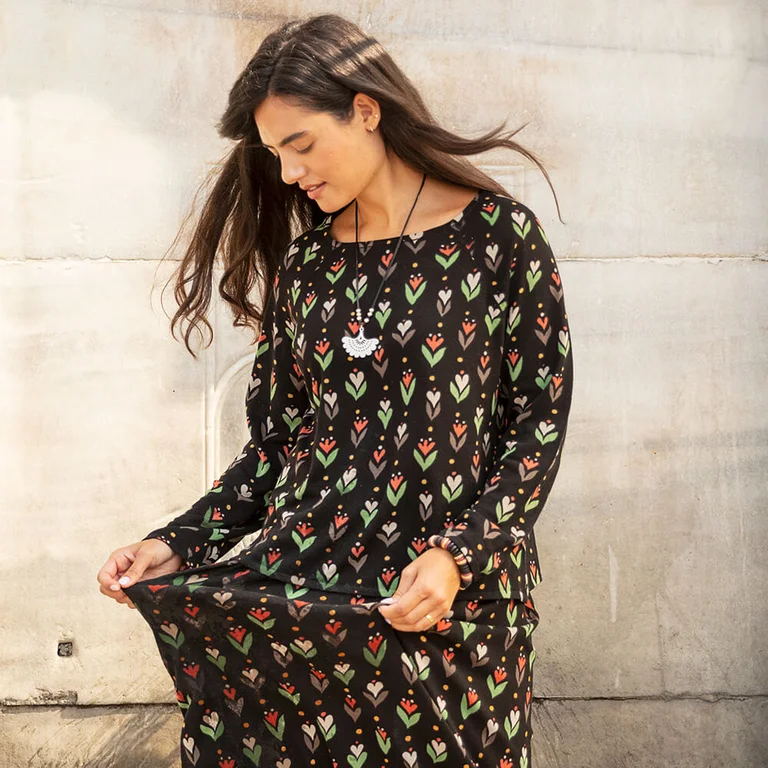
Screen printingScreen printing is a traditional method that creates distinct, detailed patterns on textiles.
With this technique, ink is printed through fine mesh that is stretched in a frame. The pattern is created in the mesh as a stencil, hence the name: screen printing. A separate stencil is needed for each color in the pattern. That means you need five frames for a print with five colors.
Some garments and accessories, like our knit garments, are screen-printed by hand, which is a meticulous, craftsmanship-based process. The garment, which is sewn together everywhere except the sides, is placed flat on a long printing table. Using large scrapers, squeegees, the ink is pushed by hand through the stencil, transferring the pattern onto the fabric. The frame is lifted and moved to the next garment and the process is repeated for each color.
This method requires strength, precision and a great deal of skill and craftsmanship. The result is a pattern with vibrant colors and patterns, and every garment has clear traces of handiwork. Because the garments that are being printed are already knit, there are no scraps to cut off, as when printing fabric and then cutting out a pattern.
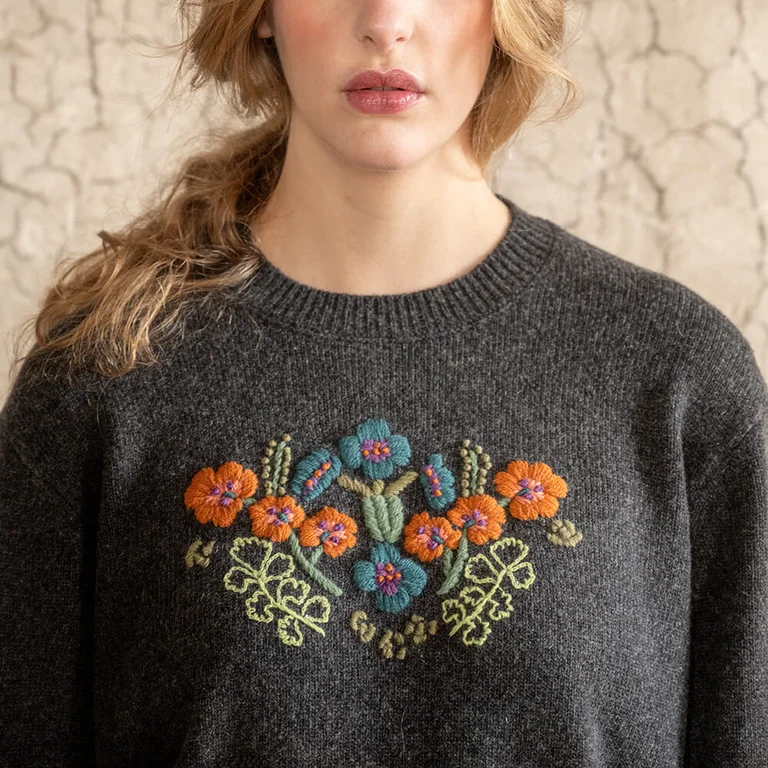
Embroidery techniquesEmbroidery transforms the simplest piece of fabric into something unique. You can find it on our tablecloths, cushions, clothing and accessories – just about everywhere! Many of our garments and accessories are decorated with hand embroidery, an artform with a lengthy tradition, with heart and soul in every stitch.
Machine embroidery is a more modern technique that creates results in less time. It is not as detailed as hand embroidery, but still requires skill and meticulous work.
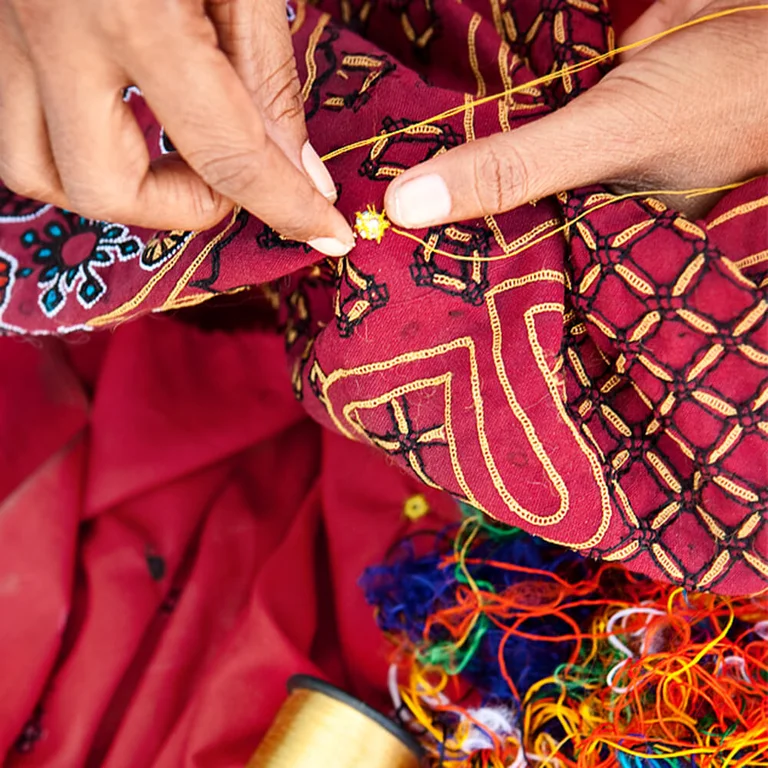
Hand embroideryNorthern India has a long tradition of hand embroidery, especially in the areas around Jaipur, New Delhi and Lucknow, where some of the most detailed and traditional embroidery is made.
Our experienced suppliers show us the most complex and varied embroidery techniques. Each city or village often specializes in its own technique: chikankari, kantha stitching (simple running stitches), featherstitch, chain stitch, beaded embroidery or mirror embroidery.
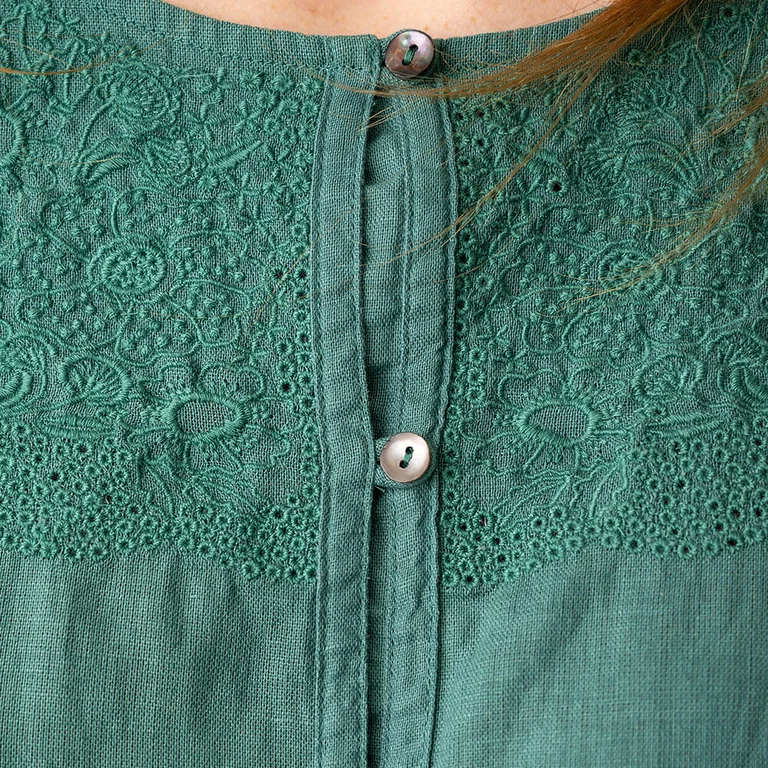
Machine embroideryMachine embroidery enables the production of large quantities with greater precision and speed than would be possible with hand embroidery.
Although the machine makes the actual embroidery, human skill and expertise are required to create the technical designs that guide the machine.
The two main techniques in machine embroidery are schiffli and multi-head. The schiffli technique uses one color and consists of several needles that work in parallel, embroidering several meters at a time. This technique offers the advantage of efficiency, but can limit the complexity of the patterns.
Multi-head is the most used technique in machine embroidery due to its flexibility. It can handle several colors at once, which makes it possible to create more complex patterns. Programming a multi-head machine requires a great deal of expertise, because every color and each part of the pattern has to be carefully programmed. To avoid time-intensive finishing work, it is important to minimize “jumps” – the movement of the needle between different parts of the pattern. When the machine is set properly, the fabric is stretched and secured in a frame to ensure that it stays in place throughout the embroidery process.
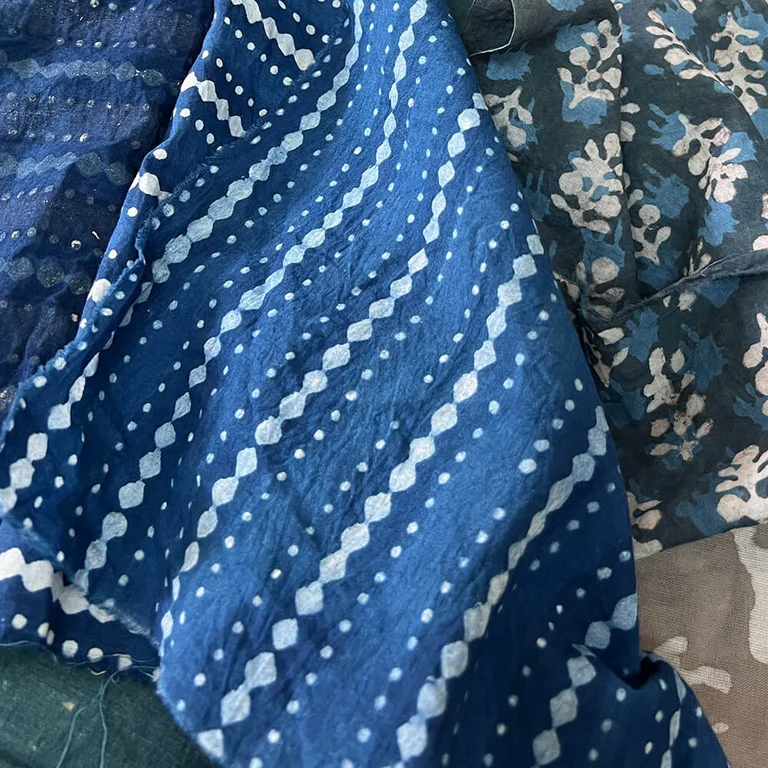
Water-repellent treatment of fabricFor our water-repellent garments, we use a finish from RUDOLF GROUP. It is called BIONIC-FINISH® ECO - RUDOLF and is environmentally friendly and biodegradable.
It is free from hazardous substances such as fluorocarbons, formaldehyde and paraffin.
On the inside of the fabric of parkas and coats in cotton, we use Rudolf Ruco-Guard WR as a coating. For our raincoats, we use a thermoplastic polyurethane (TPU) coating. TPU is recyclable and non-toxic.
We do not accept silica gel packets that contain dimethyl fumarate (DMF), and we do not use any mothproofing or flame-retardant treatment on our products.
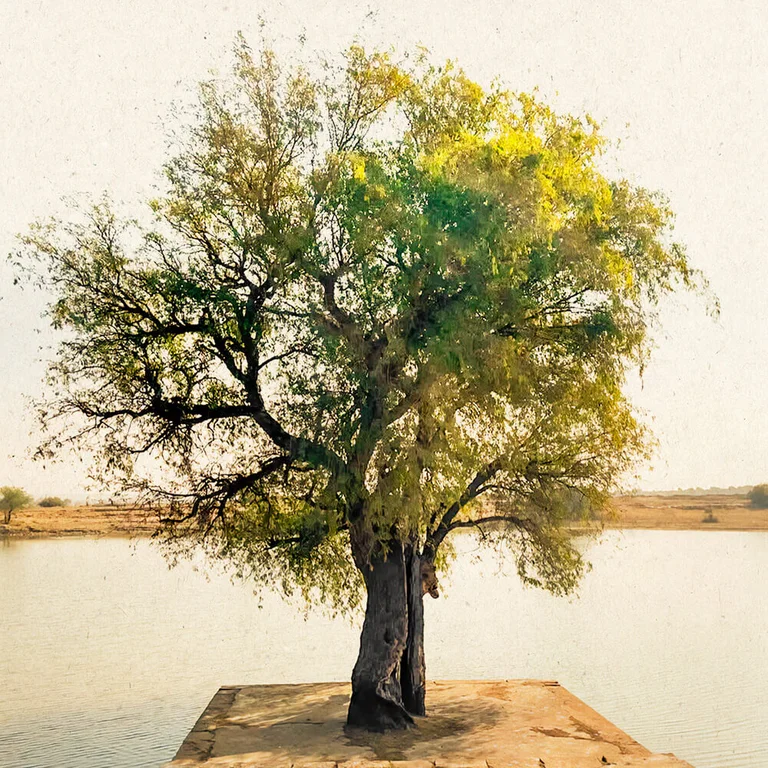
Countries of productionIndia, Bulgaria, China, Portugal, Greece, Italy, Morocco and Nepal.
Many of our products are made in India, where there is deep respect for the raw material, craftsmanship and vegetable dyes – a source of inspiration for us at Gudrun Sjödén. We have long-term collaborations with family-owned businesses and prefer to have few, but close suppliers who understand our concept and can correctly interpret our designs.
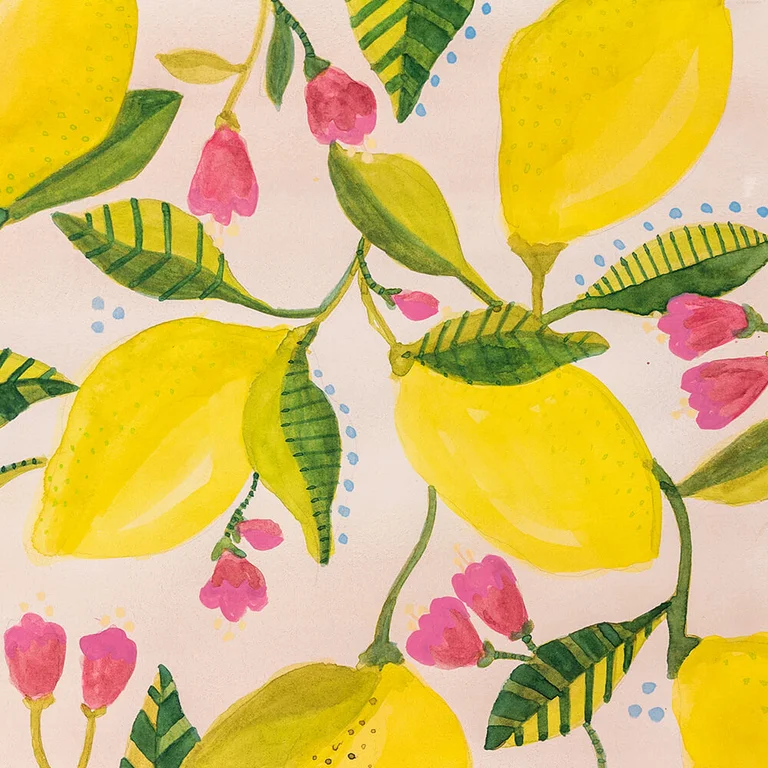
Code of ConductWe have actively worked with a Code of Conduct with our suppliers since 2001.
We consider long-term supplier contact to be the most effective way to manage these matters.
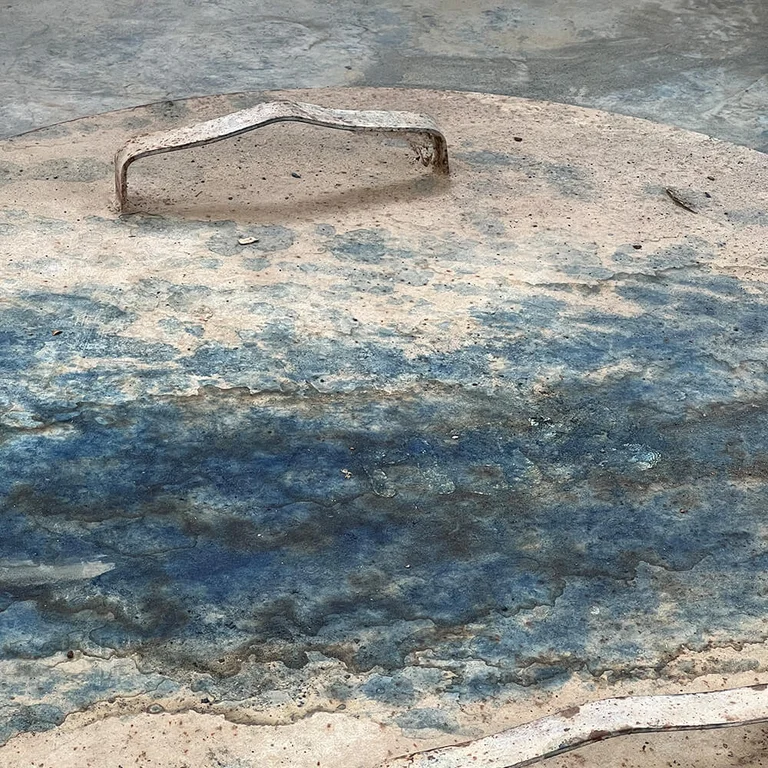
Chemical treatmentsOn the back of our water-repellent outerwear, we use a PU coating, which is polyurethane.
The coating itself is not harmful to handle, but production of PU polymers involves the use of hazardous substances such as isocyanates and diols. Production therefore involves safety measures to protect workers.
Our oilcloth is coated with acrylic, a polymer that does not involve any risks. The acrylic producer has an Oeko-Tex certificate, and the coating has been approved by several large companies for use in baby products, which also makes it safe for baby products such as bibs and tablecloths.
We do not accept silica gel packets that contain dimethyl fumarate (DMF), and we do not use any mothproofing or flame-retardant treatment on our products.
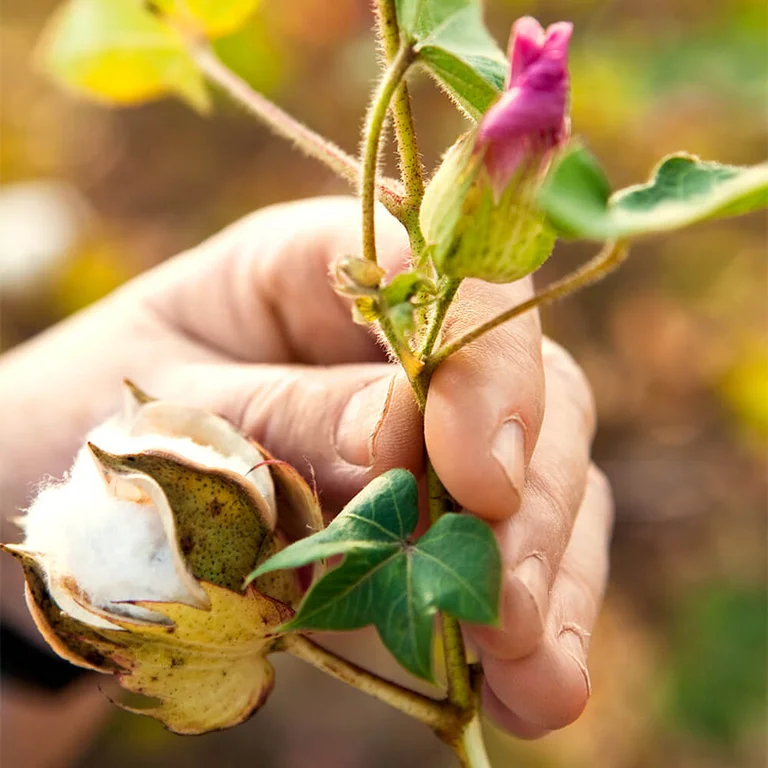
Amfori/BSCI/SA80000Since 2007, we have been members of Amfori/BSCI (Business Social Compliance Initiative), an organization that uses a common Code of Conduct.
The factories undergo regular audits by independent parties to ensure compliance. Our production in risk countries (Bulgaria, Morocco, China and India) follows the guidelines of Amfori/BSCI. This process helps us improve work conditions and protect human rights in the regions where we are active.
Find more information at
www.amfori.org/content/amfori-bsci
We also approve SA8000 and SMETA among others as certification for social responsibility.
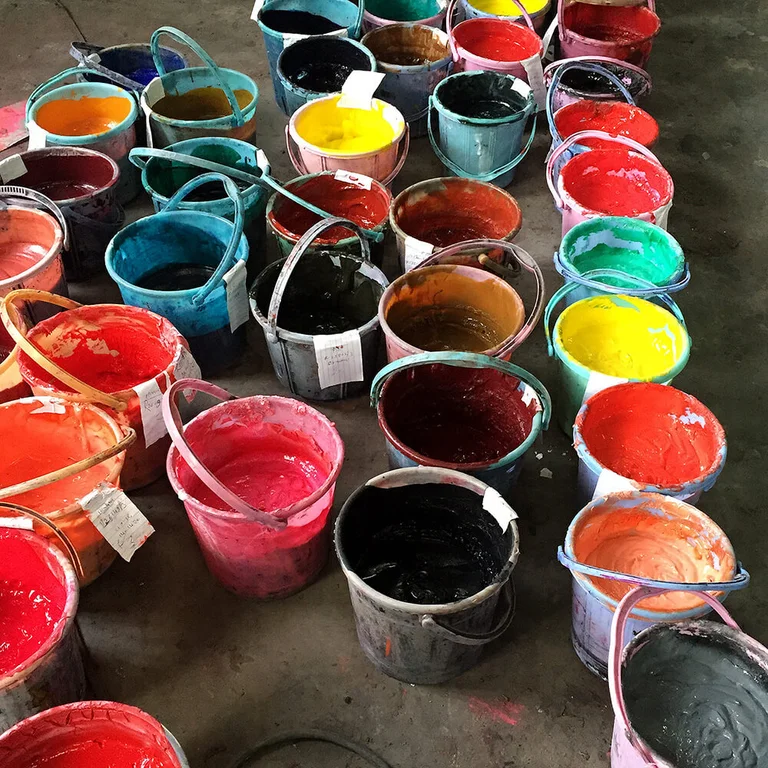
REACHRegistration, Evaluation, Authorisation and Restriction of Chemicals – REACH.
The European Chemicals Agency (ECHA) is responsible for the REACH regulation, which aims to ensure the safe use of chemicals and to protect health and the environment in the EU. Chemicals are used for purposes such as textile dyeing and for finishing, such as softening and dirt-repellent treatments.
Hazardous chemicals are added to a candidate last, and if a substance is on the list or if items contain such substances, this must be registered within six months.
All of our suppliers commit to comply with REACH and we conduct independent tests to ensure compliance. We are also members of Kemikaliegruppen, the Swedish Chemicals Group, in which we are kept up to date on changes to REACH and chemical issues.
